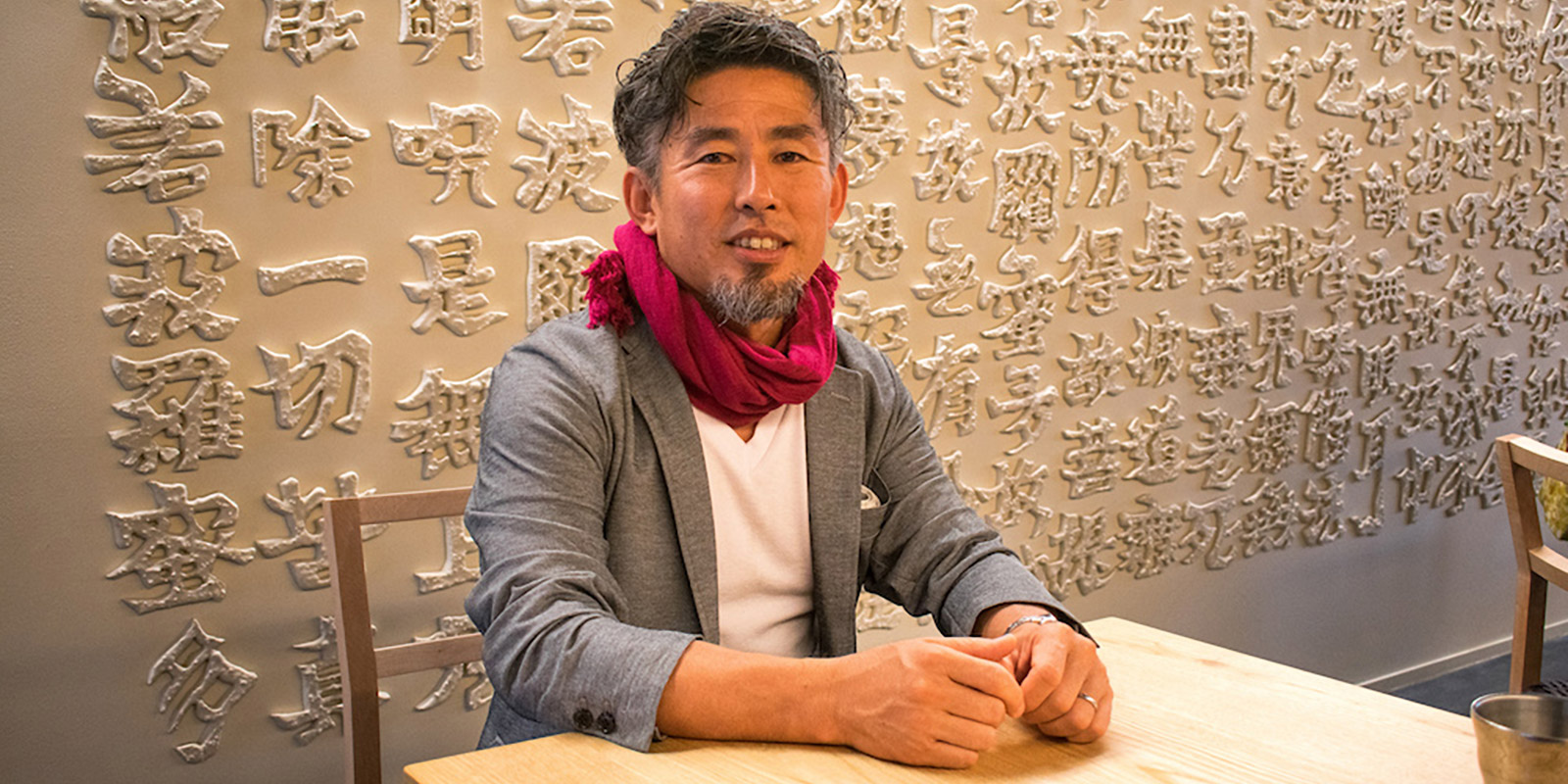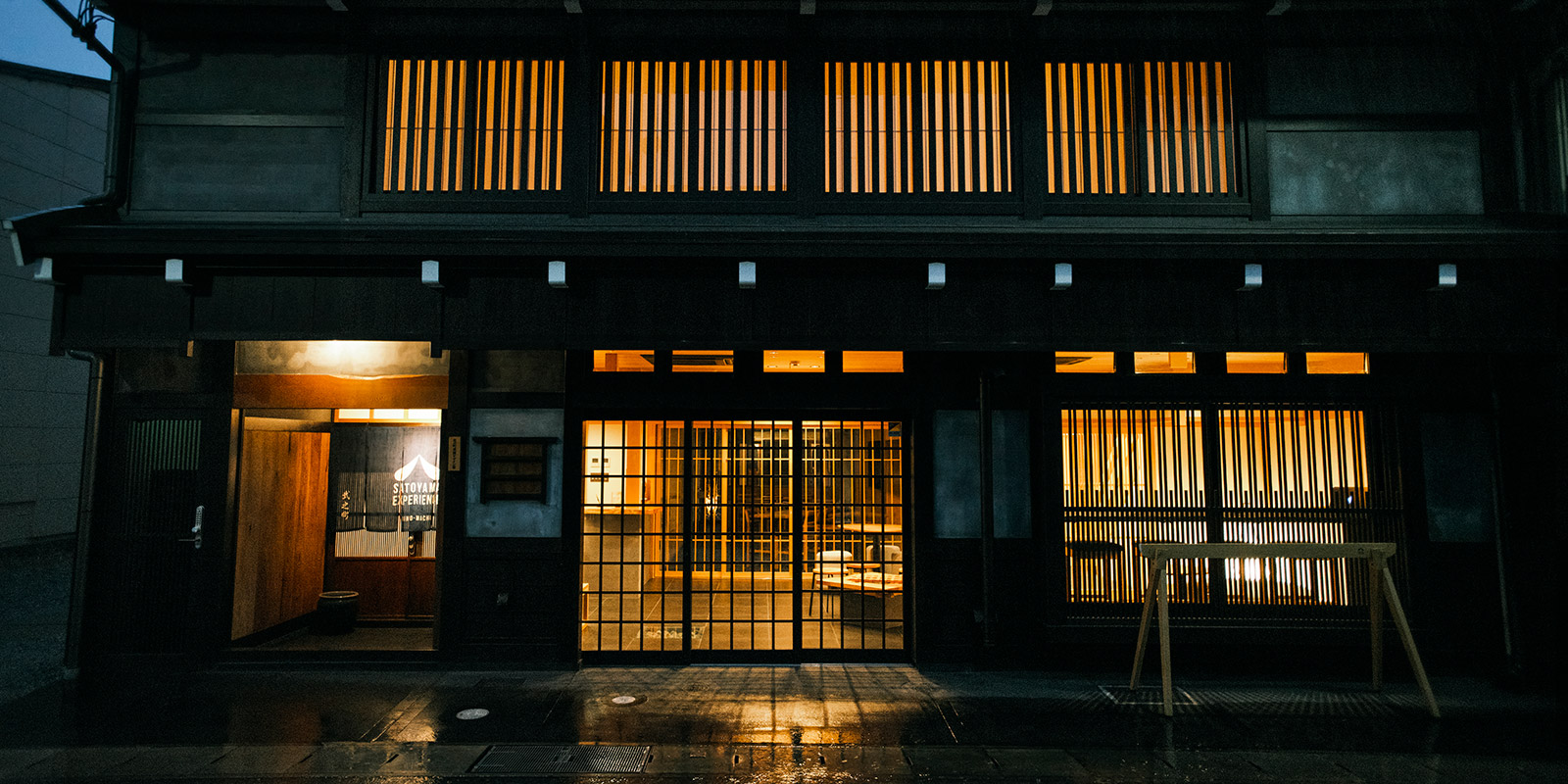Travel plans
Taku Yamada, CEO of Satoyama Experience, has grand ambitions for making travel closer to the UN’s goal of creating sustainable communities
“We want visitors to feel the lifestyles of the local people as they really are”
Working under the slogan “Traveling through life,” Satoyama Experience is a sustainable tourism company that started out organizing cycling tours through the Hida area in central Japan’s Gifu Prefecture and this year acquired the international Travelife Partner sustainability certification. Gifu is home to several attractions including the World Heritage-listed village of Shirakawa-go and the Nagara River Basin, selected as one of the world’s top 100 Green Destinations in 2021, but Taku Yamada, the president of Satoyama, wants tourists to do more than merely take in the sights.
“We want visitors to feel the lifestyles of the local people as they really are”
Yamada is passionate about preserving the heritage of traditional townscapes and the nature that surrounds them. Putting this passion into action, in 2020 the company opened Satoyama Stay. This “dispersed hotel” doesn’t seal guests off from the community, but instead encourages them to experience the traditional way of life in Hida through immersive experiences and stays in traditional-style townhouses in the town of Furukawa. “We want visitors to feel the lifestyles of the local people as they really are,” explains Yamada, who believes that the only way to attract more tourists to places like Furukawa is to make sure that local communities are thriving.
 Taku Yamada | Satoyama Experience
Taku Yamada | Satoyama Experience
“Tourism pioneers here referred to it as ‘result tourism’,” he says. “It means that if the people in the community are living well, people will come to visit as a result. We want to guide visitors to a town where not only the streetscape remains, but the traditional lifestyle is also alive and well too. If you can’t protect people’s way of life, maybe the cityscape will remain but residents will leave, as has happened in places around Japan with streetscape preservation districts. The buildings themselves might look beautiful, but the sense of life is lost. I want to strike a balance between tourism and the community itself.”
Helping hands
Yamada has found that the best way to do this is to encourage tourists to be actively involved in the process. “We thought it would be good if we were to become a catalyst for people gathering in our town to actually contribute to it,” he says. The company has done this by organizing volunteer tourism projects which have seen visitors signing up to participate in everything from restoring historic houses to seasonal chores such as clearing snow from mountain tracks. Even the local fish get a helping hand. “There are carp swimming in the Seto River that runs through Furukawa,” says Yamada. “[Every winter they have to be] moved into the pond at the Masushima castle ruins [for their protection]. You have to take the carp out of the river in the fall and put them back in spring, and we decided to open this up to tourists. Although it’s hard to do it every year when you think of it as a job, as an experience it’s something tourists enjoy, and it’s become a tradition in the town now.”
“I want to strike a balance between tourism and the community itself... to set an example for the future”
 The Satoyama Stay hotel was built using local materials and by craftspeople from the community | Satoyama Experience
The Satoyama Stay hotel was built using local materials and by craftspeople from the community | Satoyama Experience
Satoyama Stay will allow its guests to contribute to such experiences while not only staying in the community, but supporting its residents. “All [the] buildings for Satoyama Stay were built from new,” says Yamada. “The reason was that we wanted to preserve local carpenters’ skills. Similarly, we used local wood because we wanted to provide a boost to the local forestry industry. We also want to create jobs for artisans [by having them craft furniture for the hotel].”
For Yamada it all comes back to the company’s raison d’être: to use tourism to build a better way of living for locals in a rural area that was suffering decline. “We want to set an example for Japanese society in the future,” he says. “Our employees aren’t here just because they want to organize tours or run an inn. They’re thinking about how they can play a role in building a sustainable society. Everyone is actively involved.”
Satoyama Stay , 11-32 Furukawacho Ninomachi, Hida, Gifu, satoyama-experience.com